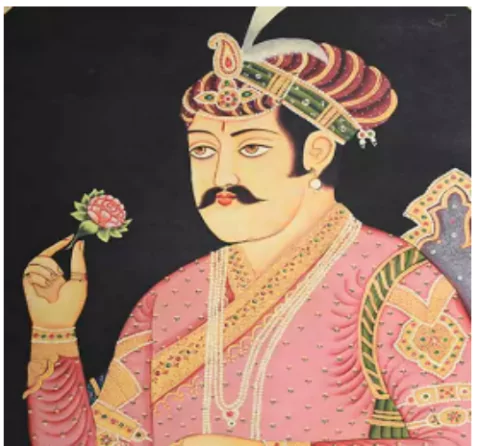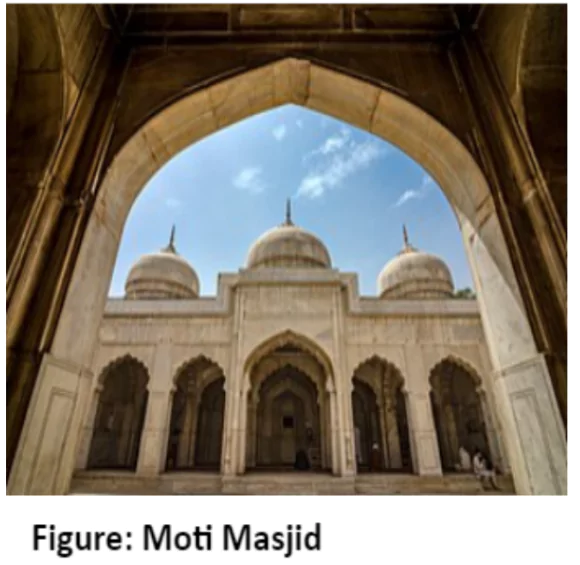![]() May 15, 2024
May 15, 2024
![]() 7233
7233
![]() 0
0
Nur-ud-din Jahangir (1605-1627 Ad), also known as Salim, was the son of Rajput princess Mariam-uz-Zamani, born under the blessings of Sufi saint Sheikh Salim Chishti. His rule, marked by artistic fervour and notable events, left a lasting impact on Mughal history.

| Two Englishmen visited during Jahangir’s reign:
William Hawkins (1608): He failed to obtain Jahangir’s consent to establish a factory. He was given a Mansab of 400 and the title ‘English khan’ as he was well-versed in the Turkish language. Sir Thomas Roe (1615): He got permission to establish a British factory in Surat. |
| Guru Tegh Bahadur: 2nd sikh guru to be executed by Mughals in 1675 on the orders of Aurangzeb. |

| Must Read | |
| Current Affairs | Editorial Analysis |
| Upsc Notes | Upsc Blogs |
| NCERT Notes | Free Main Answer Writing |
Jahangir’s era, though marked by limited territorial expansion, saw significant developments in art, architecture, and diplomacy. His reign, influenced by his Persian wife Nur-Jahan, remains renowned for its contributions to Mughal culture and painting.
| Related Articles | |
| Jahangir: Biography, A Mughal Tale of Power, Support and Cultural Revival | LAHORE SESSION 1929 |
| Territorial Army | MUGHAL PERIOD (1526-40 AND 1555-1857) |
<div class="new-fform">
</div>
Latest Comments